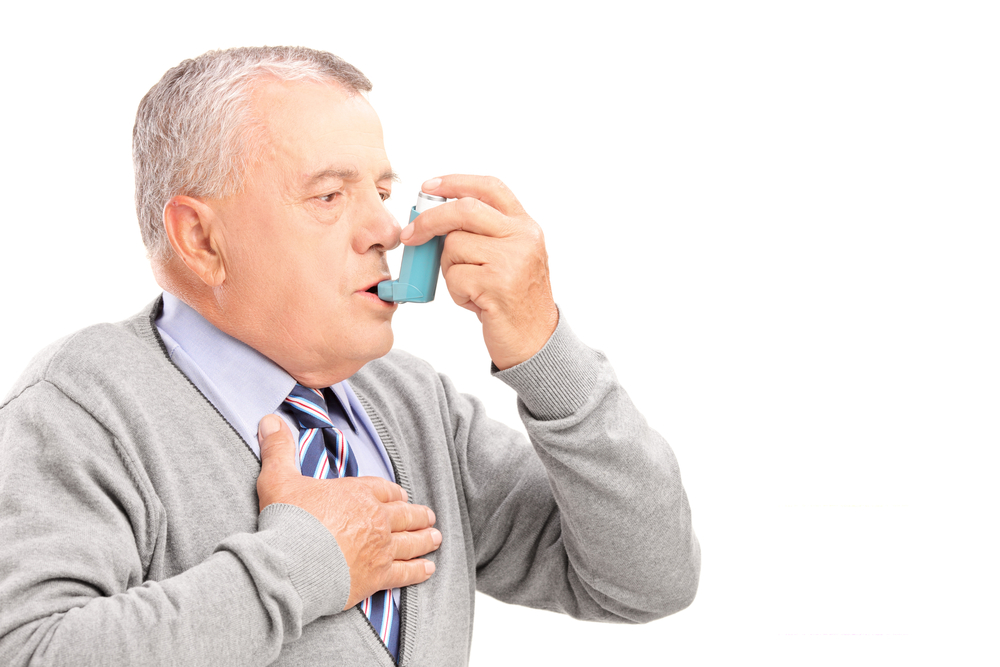A new formulation of drugs was developed to efficiently fight bacteria in the lungs that originate the most frequent respiratory system infections or bacteria-associated pulmonary diseases such as pneumonia, bronchiectasis and cystic fibrosis. This research was developed by researchers from A*STAR’s Institute of Chemical and Engineering Sciences (ICES) and the National University Hospital (NUH) at Singapore conducted by Dr. Desmond Heng, ICES principal investigator, and colleagues.
From 2006 to 2013, according to statistics of the Ministry of Health of Singapore, a severe upper respiratory tract infection, including flu, was reported to be among the four most important conditions diagnosed at health centers for 8 successive years. In 2012, pneumonia was the second leading cause of death, the cause of 16.8% of the total number of deaths following cancer.
Respiratory infections or bacteria-associated pulmonary diseases induce exacerbated mucus secretion in the airways, making the treatment of these conditions particularly difficult and prolonged. Bronchiectasis is a chronic condition characterized by constant airway inflammation with an anomalous and irreversible dilation of the lower bronchi. Individuals with this condition have higher susceptibility for Pseudomonas aeruginosa (Pa), an opportunistic pathogen, and atypical accumulation of mucus in the lower respiratory tract that lead to recurrent exacerbations and progressive airway destruction.
The research team developed a drug combination containing antibiotics and a muco-active compound to combat respiratory bacteria such as Pseudomonas aeruginosa more effectively. Muco-active agents are compounds that change the viscoelastic properties of mucus and favor secretion clearance. By disrupting bacterial cell-to-cell communication — fundamental for bacteria growth — this therapy not only reduces mucus but also kill the bacteria. Importantly, experiments have shown that this drug combination killed the bacteria and functioned up to 5 times more efficiently than the first-line antibiotics, reducing the risk of antibiotic resistance of pathogens like Klebsiella pneumoniae and Pseudomonas aeruginosa. This will permit clinicians to prescribe lower doses of more efficient drugs for the treatment of patients with respiratory infections. The antibiotic resistance is a challenge in the treatment of bacterial diseases since these pathogens change and develops resistance against several antibacterial drugs becoming themselves “superbugs.”
These new drug formulations can be administrated through inhalation directly by the patients with a higher concentration of drug reaching the lungs compared to injections or orally-administered drugs.
Professor Raymond Lin, Head and Senior Consultant, Division of Microbiology, Department of Laboratory Medicine at NUH, said in the news release that it is crucial to find new ways to administer antibiotics to fight bacteria in the lungs and airways since the population is getting older. He added that the next important step is to translate these finding into clinical practice.
Dr. Desmond Heng added: “Furthermore, if the disease is well-controlled in an outpatient setting with no further progression, costly hospitalization could be avoided.”
The research team is planning to move further into clinical trials to evaluate the stability and efficiency of these new drug formulations.

